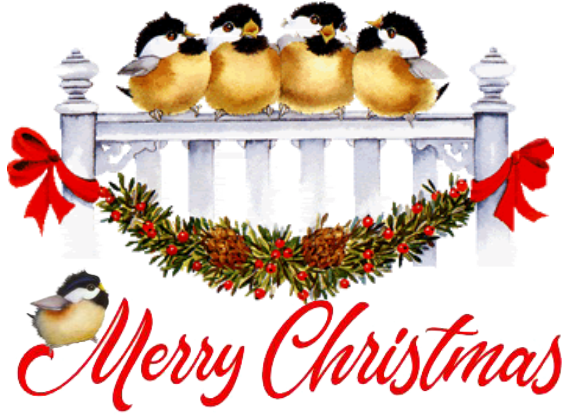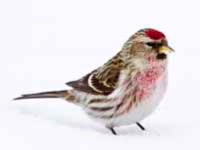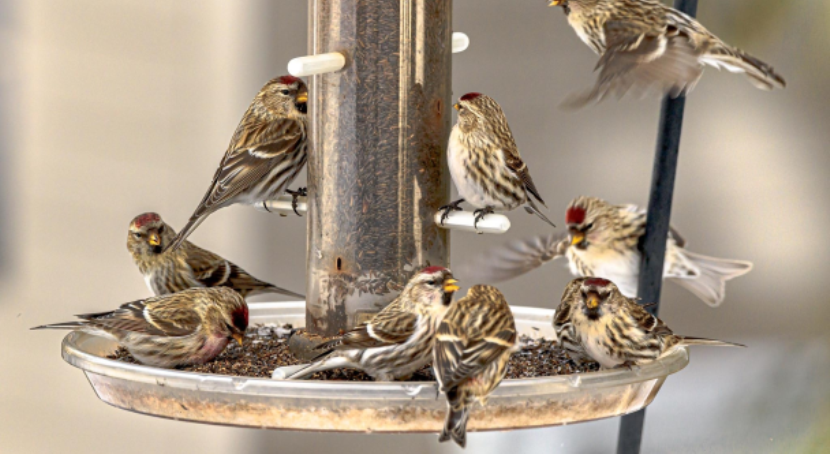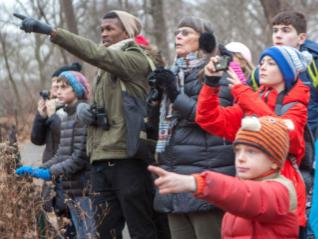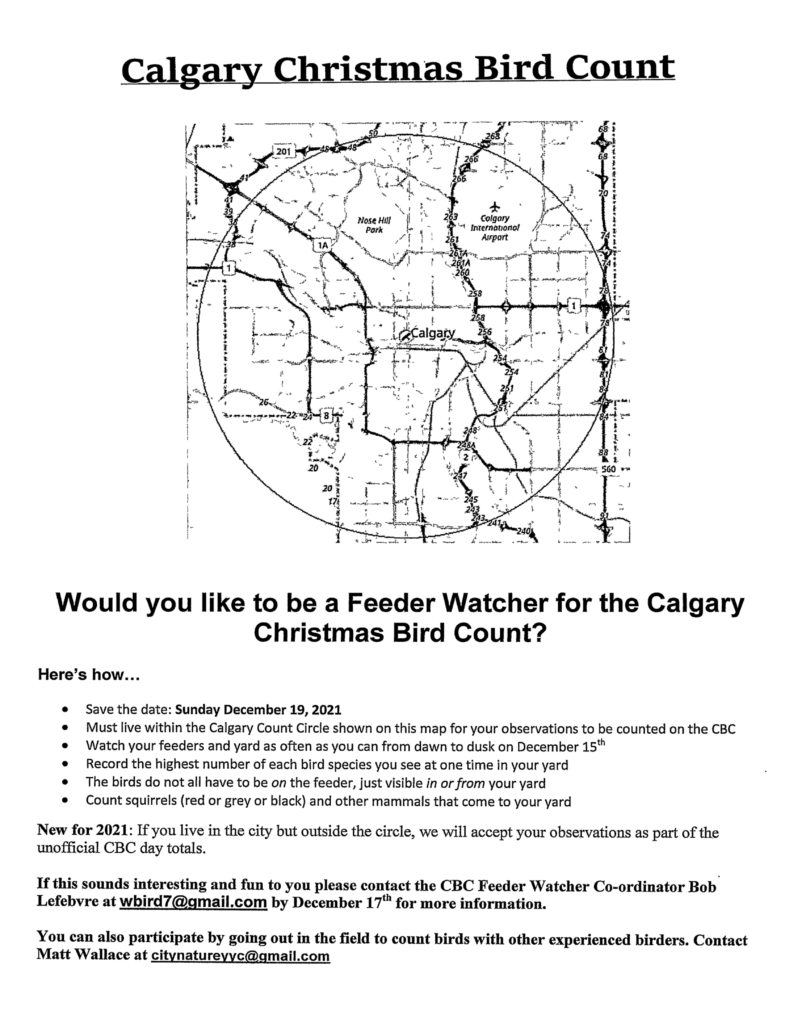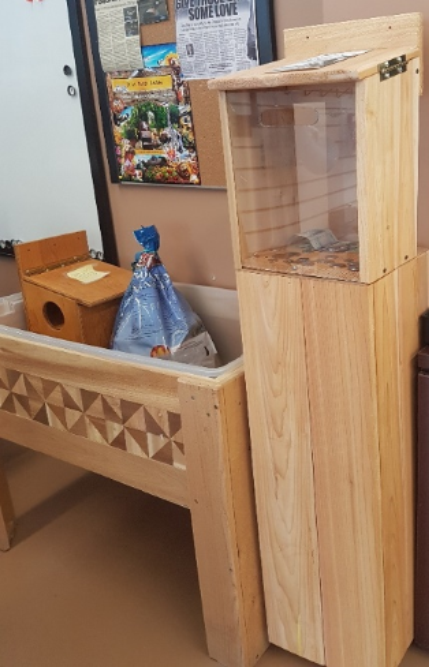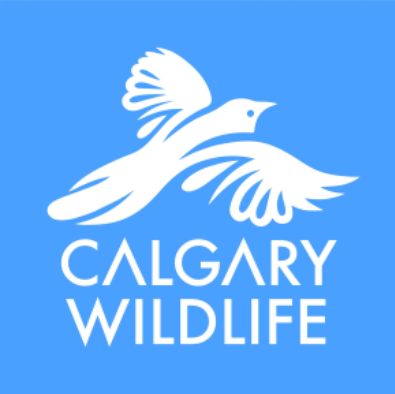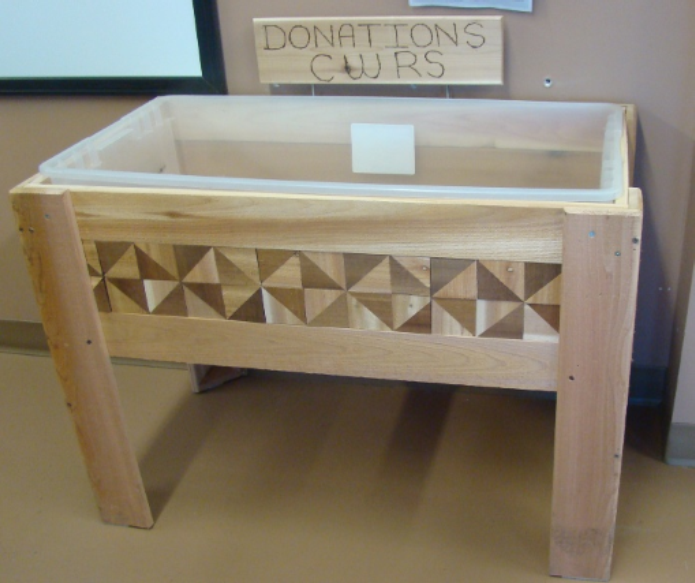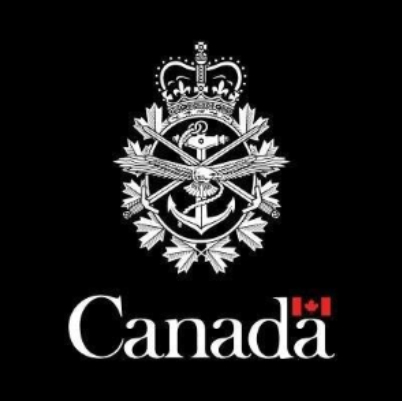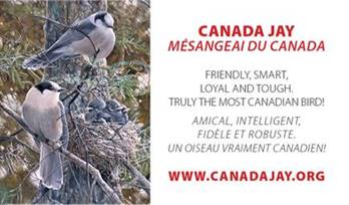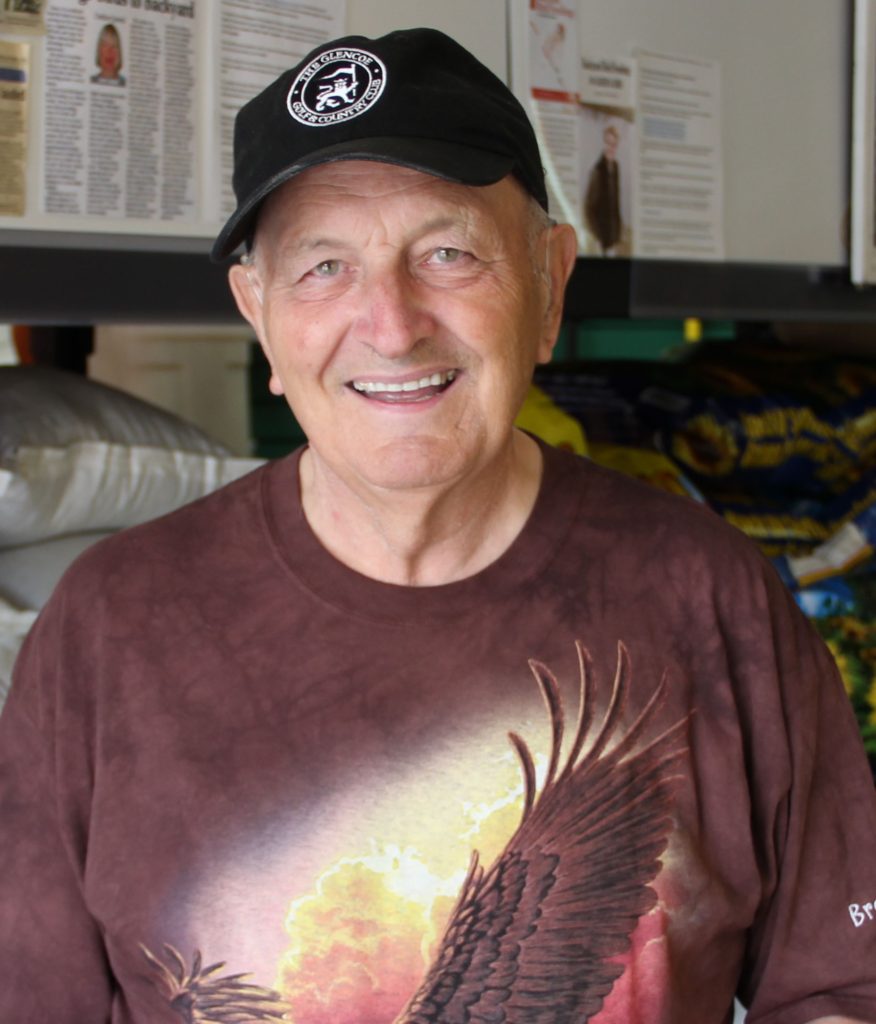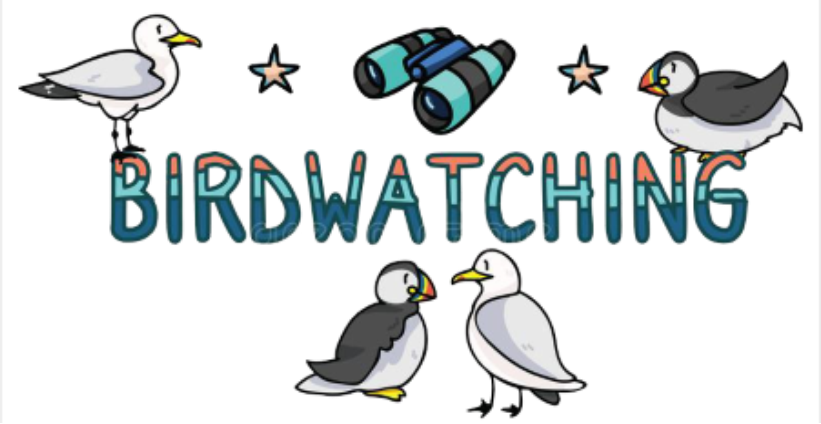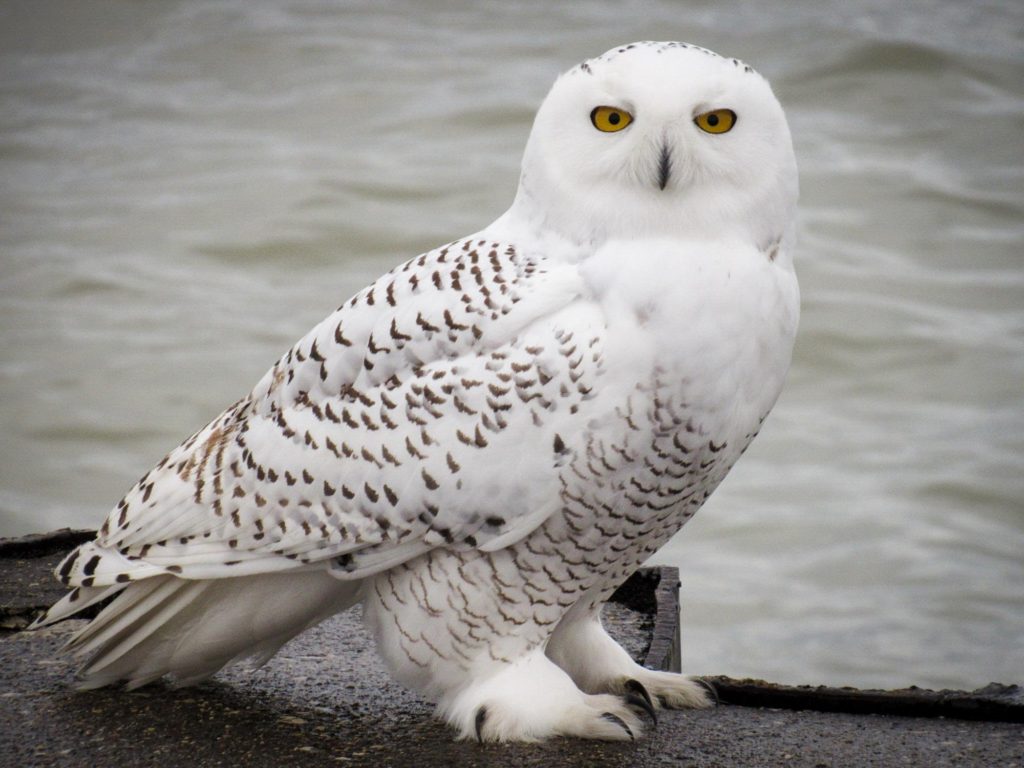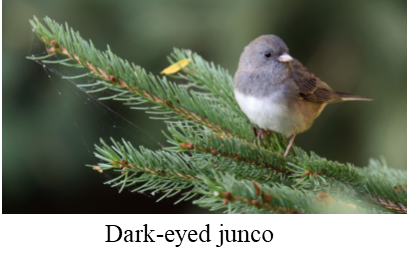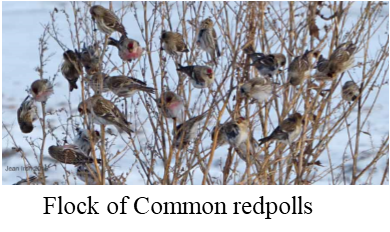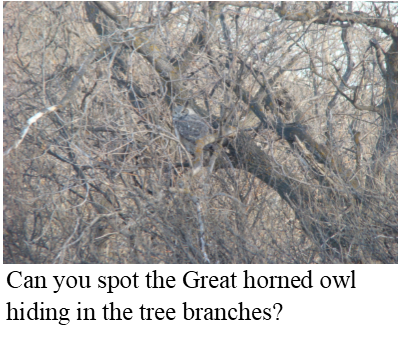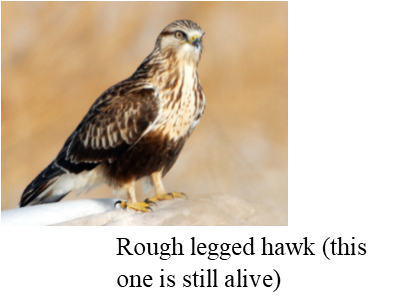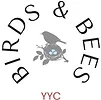LINK TO PDF NEWSLETTER DOWNLOAD
REDPOLLS
Common & Hoary redpolls will quickly gather numerous whole seeds and store them in an expandable section of their throat called the diverticulum. Once they have flown to the safety of dense cover, they will regurgitate the whole seed, husk it and then re-swallow the nut meat. They will also fill the diverticulum with seed just before the onset of darkness in order to provide and extra source of energy to help them survive the night.
Redpolls are described as irruptive migrants. Common redpolls move south irregularly in winter following patterns in food supply. Along with Pine siskins they are among the best known finches to do this. On a roughly 2 year cycle, Redpolls come far south in winter and occasionally reach the central or southern United States. The movements generally correspond to the availability of seeds.
During cold winter nights, some Redpolls burrow tunnels into the snow to keep warm. They can burrow up to 12 inches down and sleep in small cavities under the insulating snow.
Redpolls can survive temperatures below –50degrees centigrade, because they have almost double the amount of plumage in winter compared to summer, and they eat over 40% of their body mass every day.
Flocks as large as 100 Redpolls have already been reported in the surrounding areas of Calgary as of November 20. 2021. Smaller numbers have been seen within the Calgary City limits, so we can perhaps expect to see this “irruptive” species invade Calgary backyards as the winter weather drops and we get more snow.
Redpolls, both the Common and the lest prevalent Hoary prefer Nyjer and medium chipped sunflower seeds preferably fed in a finch feeder.
History of the Christmas Bird Count
Prior to the turn of the 20th century, hunters engaged in a holiday tradition known as the Christmas “Side Hunt.” They would choose sides and go afield with their guns—whoever brought in the biggest pile of feathered (and furred) quarry won.
Conservation was in its beginning in that ara, and many observers and scientists were becoming concerned about declining bird populations. Beginning on Christmas Day 1900, ornithologist Frank M. Chapman, an early officer in the then-nascent Audubon Society, proposed a new holiday tradition—a “Christmas Bird Census” that would count birds during the holidays rather than hunt them.
So began the Christmas Bird Count. Thanks to the inspiration of Chapman and the enthusiasm of 27 dedicated birders, 25 Christmas Bird Counts were held that day. The locations ranged from Toronto, Ontario to Pacific Grove, California with most counts in or near the population centers of northeastern North America. The original 27 Christmas Bird Counters tallied around 90 species on all the counts combined.
Calgary Christmas Bird Count 2021 Registration
Christmas 2021 and New Year’s 2022 STORE HOURS
Friday, December 24th Close at 2:00pm
Re-open Tuesday, December 28th at 10:00am
Friday, December 31st close at 2:00pm
Closed Saturday January 1, 2022
Re-open Monday, January 3rd at 10:00am
DONATIONS
Located at The Wild Bird Store (near the seed bins). We collect your cash as well as “wishlist” donations and arrange to deliver them to local wildlife organizations including Calgary Wildlife Rehabilitation, Alberta Institute of Conservation and Ellis Bird Farm.
We ask for your support quarterly for each of these organizations.
For December 2021 and January, February 2022 your donations will go to:
Calgary Wildlife Rehabilitation Society
https//:calgarywildlife.org
Why Do We Eat Turkey on Christmas Day
Christmas is full of old traditions, like eating turkey on Christmas Day, sending out Christmas cards, hanging tinsel around the house.
But why do we eat turkey on Christmas Day and how did it originate?
Turkeys were first brought into Britain in 1576, before this time, for Christmas meals people used to eat geese, boar’s head and even peacocks.
Turkeys were eaten instead of cows and chickens because the farmers needed their cows more for milk, and needed their chickens for the eggs, which back then were more expensive than they are today.
King Henry VIII was the first person to eat a turkey on Christmas Day, however it wasn’t until the 1950’s that the turkey was a more popular Christmas meal choice than the goose.
The good thing about Christmas Day and turkeys is that Christmas is a family time, and turkeys are family size!
FUN FACT:
Before turkeys could travel by train, they (and geese) had to be walked from the farms to the markets. This could take weeks, with the farmers/bird walkers and the birds having to camp each night at the side of the roads! The feet of the birds were often dipped in tar to act like “feet tires” to stop them getting sore. In the UK they would walk from Norfolk down to London and were only eaten by the rich at this time.
We offer a discount if you return your seed bags (sorry—not the Mother Nature bags which we cannot re-use), suet ball containers, if you bring your own container to fill or use a bag from our re-cycle bin. This discount is in addition to any other discount offered.
Write a Google review on your experience at The Wild Bird Store, and as a thank you, we will give you 100 customer loyalty points ($5.00 value). To get a promo code, kindly email info@wildbirdstore.ca
(one Google review per customer)
Earn 200 customer loyalty points ($10.00 value) by referring a friend, acquaintance or fellow birder.
Please visit the store to get a promo code.
No need for a card, just give your phone number. You earn $1.00 for every $20.00 spent (excludes “sales” items, books & optics) and can be used in-store and on Mobile Seed Truck. As a loyalty member our monthly promotions and in-store “specials” are automatically given at the cash register.
Combining our Seniors 10% discount with the Loyalty Program. (Excludes “sales” items, books & optics).
Discount for membership 10% discount for members of Fish Creek Park, AIWC, Priddis Golf Club, Nature Calgary, Sandy Cross Conservation, Springbank Garden Club and Millarville Horticultural Society. Must present valid membership card at time of purchase.
Discount for Military Members & Veterans 10% discount on
purchases in-store or on Mobile Seed Truck (sorry—excludes “sales”
items, books, optics and consignment items)
Options for shopping at the Wild Bird Store
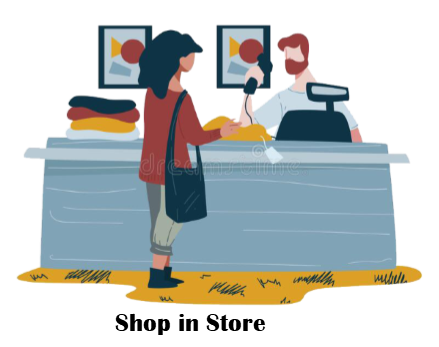
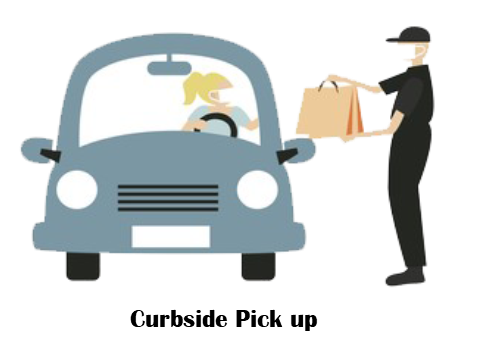
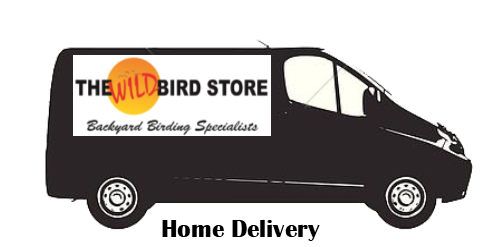
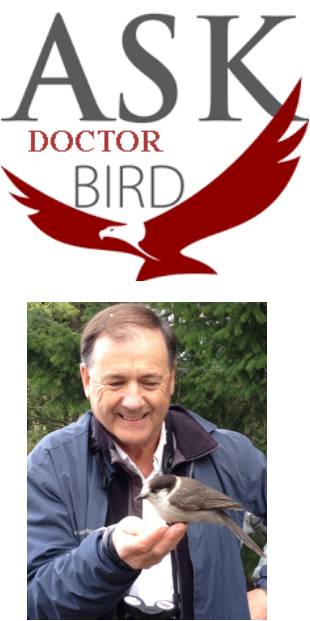
Question: Where do feeder birds go at night?
Answer: The main reason why all those feeder birds suddenly disappear at least an hour before sundown has everything to do with safety. You see, birds have fantastic visual powers, but they start to deteriorate in fading light. But more important, another group of birds, the owls, have an overwhelming advantage in the twilight hours with their even better eyesight adapted for dim light coupled with equally superior hearing. And just about an hour before sunset is when they start hunting. Another interesting related question you my well ask though….is….where do all those feeder birds go? Well, it is critical that each diurnal bird find a safe place not exposed to the elements to sleep at night. It could be a favourite cavity, a dense bush, a set of leafy trees in a particular forest, or even an abandoned building. Some will hide somewhere singly while others will join nocturnal roosting flocks. With more eyes to watch out for danger, it is safety in numbers, one could say. I have watched red-winged blackbirds pour by the hundreds into a marsh or starlings into smallish trees right beside a busy airport arrival terminal. On a humorous note, I have often thought that it might be smart to be the first to arrive to ensure a perch at the top of the tree rather than under the rumps of all the other birds in the flock, if you get my drift.
ABOUT DR. DAVID BIRD
David M. Bird is Emeritus Professor of Wildlife Biology and the former Director of the Avian Science and Conservation Centre at McGill University. As a past-president of the Society of Canadian Ornithologists, a former board member with Birds Canada, a Fellow of both the American Ornithological Society and the International Ornithological Union, he has received several awards for his conservation and public education efforts. Dr. Bird is a regular columnist on birds for Bird Watcher’s Digest and Canadian Wildlife magazines and is the author of several books and over 200 peer-reviewed scientific publications. He is the consultant editor for multiple editions of DK Canada’s Birds of Canada, Birds of Eastern Canada, Birds of Western Canada, and Pocket Birds of Canada. To know more about him, visit www.askprofessorbird.com or email david.bird@mcgill.ca.

All participants on any bird walk must have purchased a ticket through Eventbrite.ca and present the ticket to Jim prior to the bird walk.
The weather plays a big part in bird walks and Jim reminds participants to dress anticipating weather changes and to carry water to keep hydrated.
Saturday, December 11, 2021 CARBURN PARK
(9:00am meet at Carburn Park parking lot Riverview Drive S.E.)
Ticket price: $6.00 +GST +fees
Ticket must be purchased through Eventbrite.ca — 2020/2021 WBS bird walks
PLEASE NOTE: Proof of vaccinations must be presented prior to any bird walk.
Face masks must be worn at all times during the walks.
2022
Saturday, January 8, 2022 INGLEWOOD BIRD SANCTUARY
(9:00am meet at Inglewood Sanctuary 9th Avenue S.E.)
Ticket price: $6.00 +GST +fees
Ticket must be purchased through Eventbrite.ca — 2022 WBS bird walks
PLEASE NOTE: Proof of vaccinations must be presented prior to any bird walk
Face masks must be worn at all times during the walks.
Saturday, January 22, 2022 SNOWY OWL PROWL
(9:00am meet at the back of The Wild Bird Store)
This is an all day trip until about 3:30pm. Please bring your own lunch.
Maximum of 8 participants. Driving—remember to fill your gas tank
Ticket price: $6.00 +GST +fees
Tickets must be purchased through Eventbrite.ca — 2022 WBS bird walks
PLEASE NOTE: Proof of vaccinations must be presented prior to any bird walk
Face masks must be worn at all times during the walks
Saturday, February 5, 2022 PEARCE ESTATES
(9:00am meet at Fish Hatchery 1440 17A Street S.E.)
Ticket price: $6.00 +GST +fees
Ticket must be purchased through Eventbrite.ca — 2022 WBS bird walks
PLEASE NOTE: Proof of vaccination must be presented prior to any bird walk
Face masks must be worn at all times during the walks
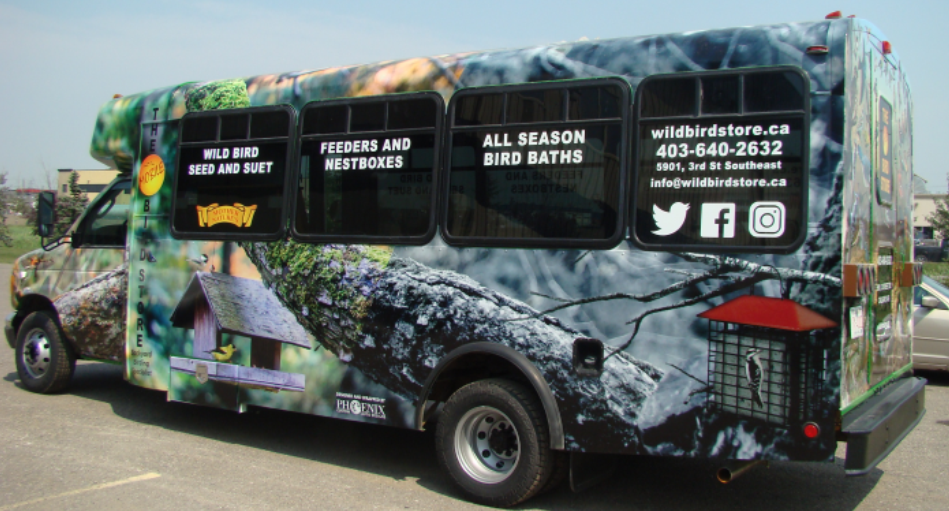
Crowfoot YMCA/Arena
(corner of John Laurie Blvd. & Nosehill Drive NW)
Every Wednesday 2:00pm to 5:30pm
Text us @ (403) 701-4571 or email us at orders@wildbirdstore.ca so we can put your order aside.
Earn and redeem customer loyalty points on
The Bird Seed Truck


DELIVERY: Deliveries will still be made on Thursdays ONLY. Please phone the store at (403) 640-2632 any day prior to 12:00 noon on the Wednesday before your delivery; place and pay for your delivery. Please phone with your order as early as possible to avoid disappointment. If you have any special instructions please do not forget to inform us when you place your order.
What a wonderful fall it has been in Alberta. So that is reason enough to once again go on a birding trip. We were in search of the Snow buntings and Gray jays, but you just never know. Our trip started out very depressing—other than seeing Magpies, Crows and House sparrows, not much else was coming our way. But that all changed as we got further down towards Longview and East to High River.
Literally clouds of Common redpolls seen in two different locations mixed in with a few Dark-eyes juncos—we could have watched them for hours.
Now imagine this—”eagle eyes” (that’s what we call Kris) was driving along the highway at about 80kms. Suddenly slams on the brakes and backs up—that usually means she has spotted a bird. Well it indeed was a bird, unfortunately a dead bird. A Rough legged hawk that we assume was hit by a passing car and it was very recent. Beautiful bird, so Kris has applied for a permit (you must have a permit if you have a wild bird dead or alive) with Fish and Wildlife and then the hawk will be taken to a taxidermist—so look for him/her soon at The Wild Bird Store.
It was getting dark and that is when we spotted 4 Great horned owls—2 in one place with the Common redpolls and another two in different locations.
So never let the season get in the way of taking a birding trip. Alberta offers a lot of wildlife, including birds to see year round.
With the likelihood of colder days and more snow, remember that Snowy owls can be seen especially East of the City of Calgary. Usually the places to look for them are on round hay bales in farmer’s fields and on top of telephone poles. They tend to be a little elusive, but once you know where to locate them you will have success. The mature males are pure white, while the females and juveniles from this past summer nesting have black stripes against a white background. Definitely worth a trip to the country with such a wonderful reward.

Calgary, AB T2H 1K3 CLOSED Sundays and ALL Statutory holidays for Faith, Family & Friends
Phone: (403)640-2632 Showroom is open with some restrictions. We still offer curbside pick up
Web: wildbirdstore.ca every day and delivery service on Thursdays
email: info@wildbirdstore.ca
FOLLOW US ON:
Facebook @thewildbirdstoreyyc
Twitter @wildbirdstoreyyc
Go to YouTube, type in the search bar “The Wild Bird Store” to watch our videos and to help us become more visible . Be sure to click on “Subscribe” before you leave the page.
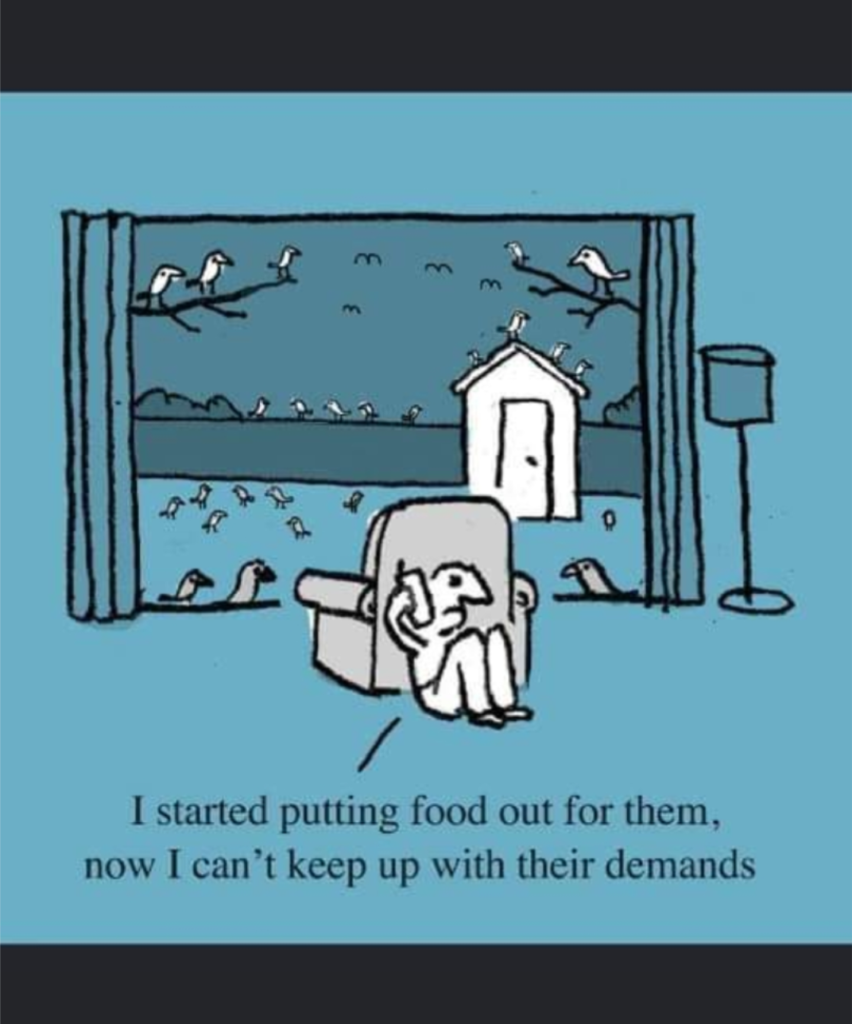
Christmas 2021 and New Year’s 2022 STORE HOURS
Friday, December 24th Close at 2:00pm
Re-open Tuesday, December 28th at 10:00am
Friday, December 31st close at 2:00pm
Closed Saturday January 1, 2022
Re-open Monday, January 3rd at 10:00am
